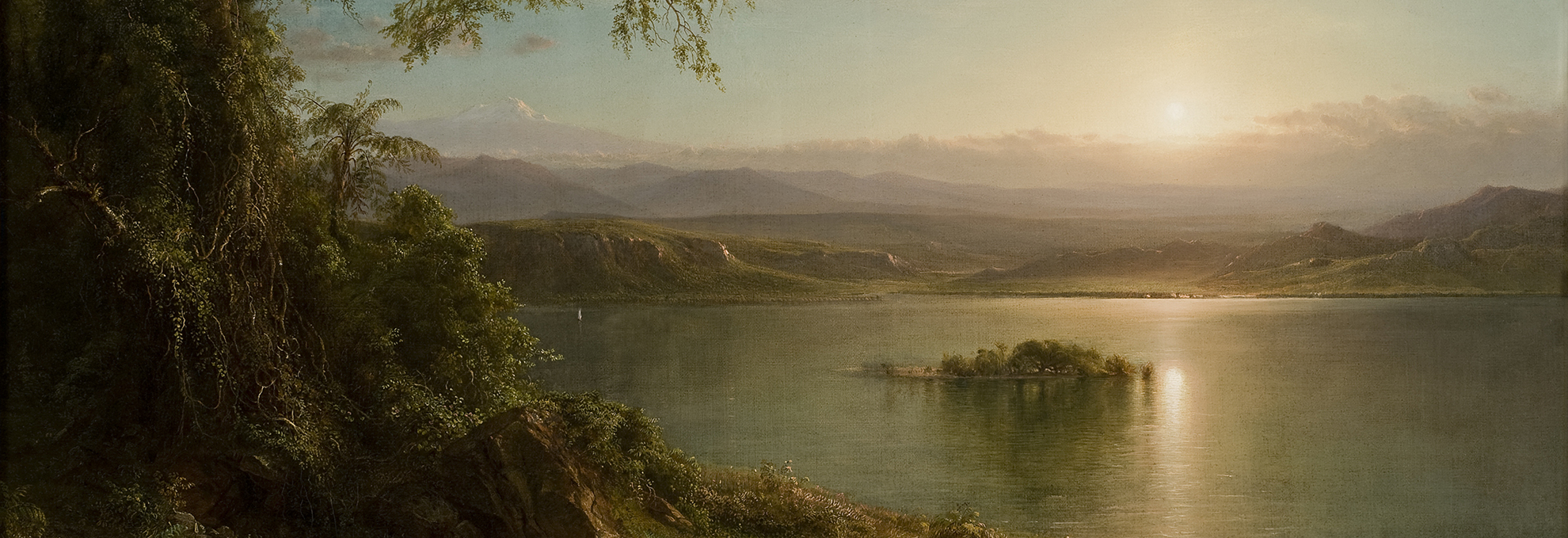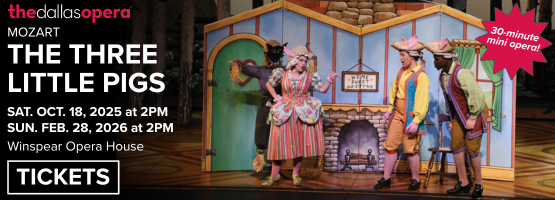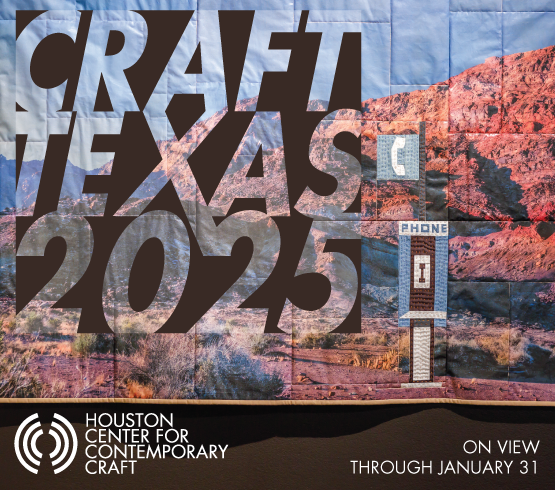The Meadows Museum at Southern Methodist University in Dallas, whose extensive collection of Spanish art has earned it the nickname “Prado on the Prairie,” is the first stop for The Sense of Beauty: Six Centuries of Painting from Museo de Arte de Ponce, an exhibition of over sixty European, American, and Puerto Rican masterworks dating from the sixteenth century to the twenty-first. Featuring paintings by El Greco, Jusepe de Ribera, Francisco de Goya, Raimundo de Madrazo y Garreta, and Joaquín Sorolla y Bastida installed alongside complementary works from the Meadows’ permanent collection, The Sense of Beauty is on view from Feb. 23 to June 22, 2025, after which it travels to five other institutions, including the Museum of Fine Arts, Houston in March 2026.
Meadows Museum Curator Patricia Manzano Rodríguez, a widely recognized scholar and expert on 17th-century painting and venue curator for The Sense of Beauty, sees several historical parallels between the Meadows and MAP. Both museums were founded by visionary collectors in the 1950s—oil tycoon Algur Meadows and millionaire industrialist Luis A Ferré respectively — who each believed in the importance of sharing art with their communities. In the years after World War II, Ferré traveled with his wife to Europe for his work, and while in Madrid, purchased copies of what were then contemporary paintings by Bartolomé Esteban Murillo, El Greco, and Luis de Morales.
Manzano Rodríguez is equally enthused about the contemporary paintings selected for The Sense of Beauty, which will be installed in a gallery dedicated to works by Puerto Rican artists. She flags Francisco Rodón’s La matinée (Black Woman with Umbrella), a striking portrait of a young, nude Black woman, whose defiant posture matches the vertically balanced black umbrella in her hands, as one of her favorites. “It’s rare to see a female nude that isn’t created for the male gaze,” says Manzano Rodríguez. “This painting isn’t erotic; it’s powerful and triumphant.”
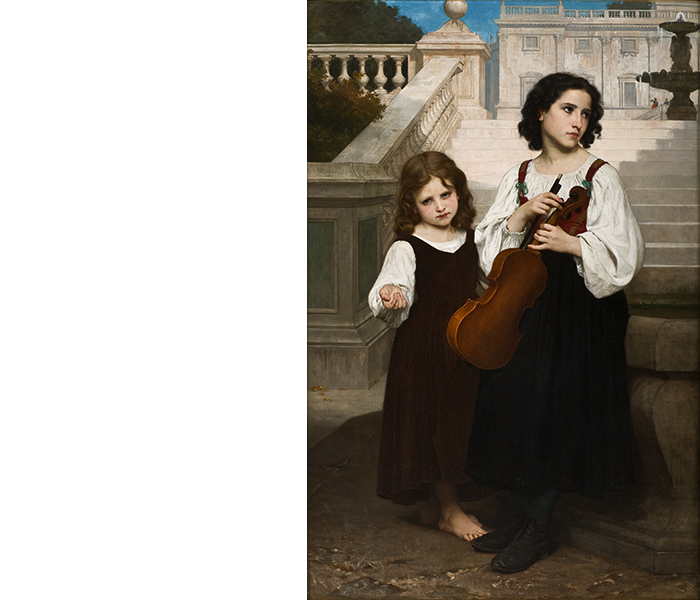
1 ⁄6
William-Adolphe Bouguereau (France, 1825-1905), Far from Home, 1868, oil on canvas, 63 × 41 13/16 in. (160 × 106.2 cm), Museo de Arte de Ponce. The Luis A. Ferré Foundation, Inc. 57.0011. Image courtesy of Museo de Arte de Ponce.
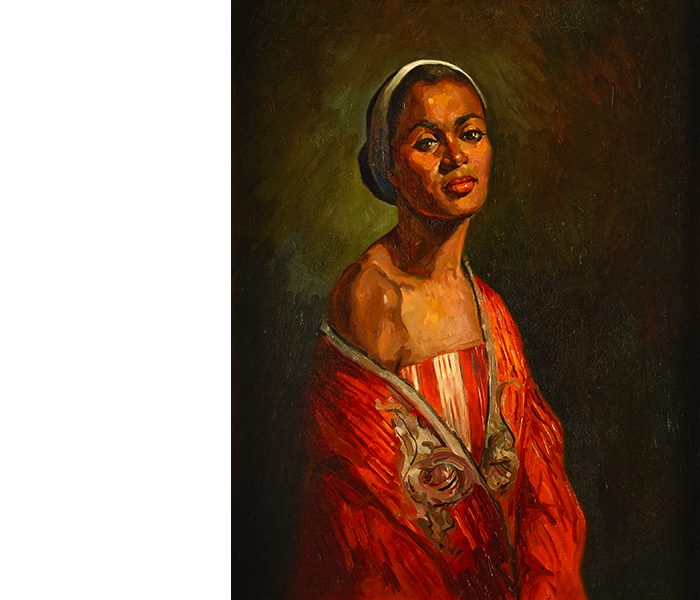
2 ⁄6
Waldemar Morales Lugo (Puerto Rico, 1931-2010), Portrait of América, 1957, oil on canvas, 36 5/16 × 28 13/16 in. (92.2 × 73.2 cm), Museo de Arte de Ponce. The Luis A. Ferré Foundation, Inc. 59.0127. Image courtesy of Museo de Arte de Ponce.
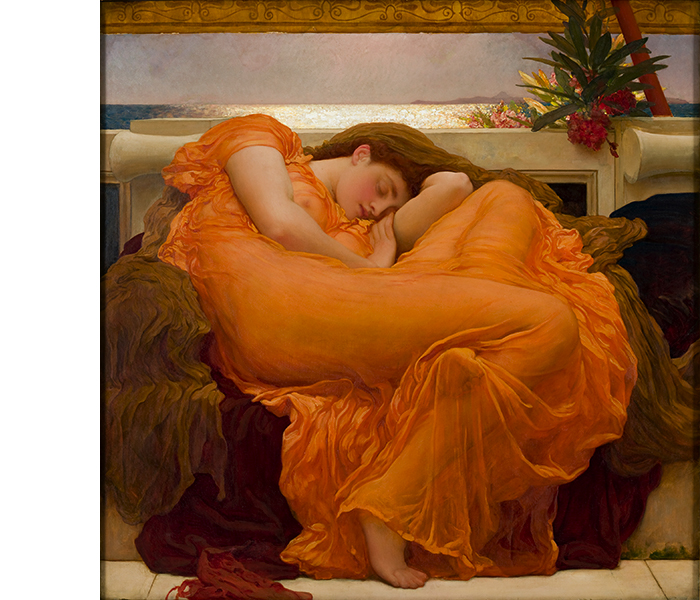
3 ⁄6
Frederic, Lord Leighton (British, 1830-1896), Flaming June, 1895, oil on canvas, 46 7/8 × 46 7/8 in. (119.1 × 119.1 cm), Museo de Arte de Ponce. The Luis A. Ferré Foundation, Inc. 63.0406. Image courtesy of Museo de Arte de Ponce.
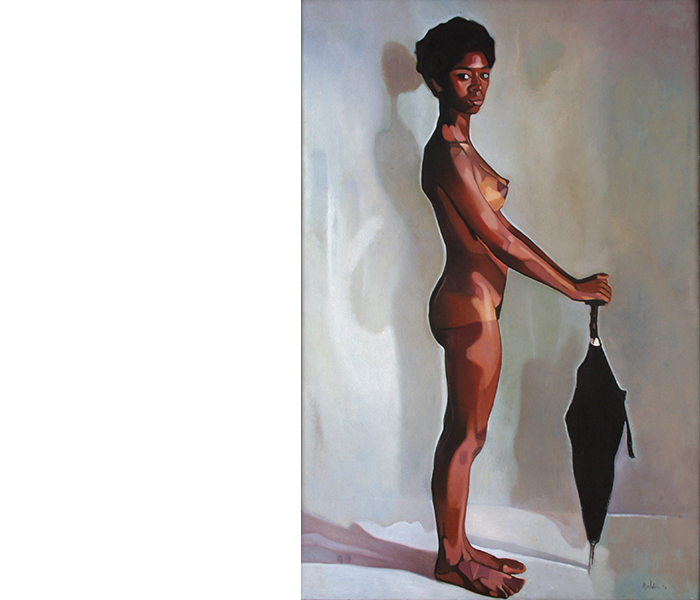
4 ⁄6
Francisco Rodón (Puerto Rico, 1934-2023), La matinée, 1970, oil on canvas, 81 × 54 in. (205.8 × 137.2 cm) Museo de Arte de Ponce. The Luis A. Ferré Foundation, Inc. Acquired thanks to the support of Commonwealth Oil Refining Corporation. 70.0743. Image courtesy of Museo de Arte de Ponce.
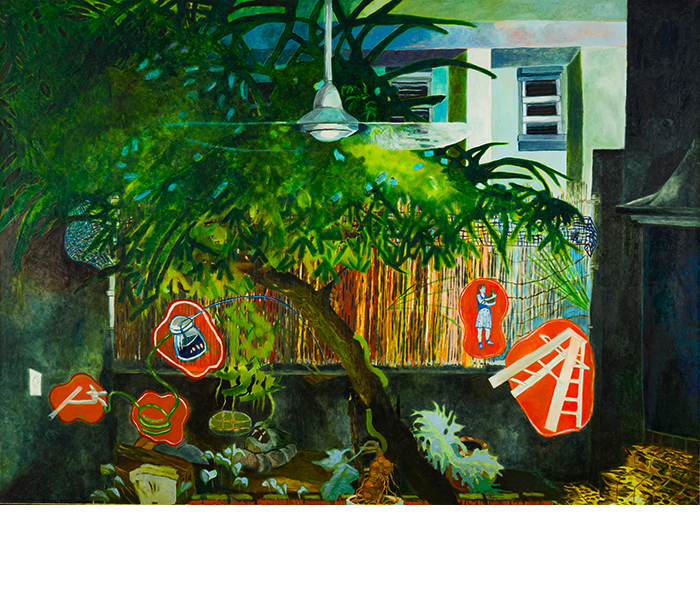
5 ⁄6
María de Mater O’Neill (Puerto Rican, b. 1960), Backyard, 2000, oil on canvas, 78 1/4 x 108 in. (198.75 x 274.32 cm), Museo de Arte de Ponce. The Luis A. Ferré Foundation, Inc., Gift of Roderic Steinkamp. 2023.2697. Image courtesy of Museo de Arte de Ponce.
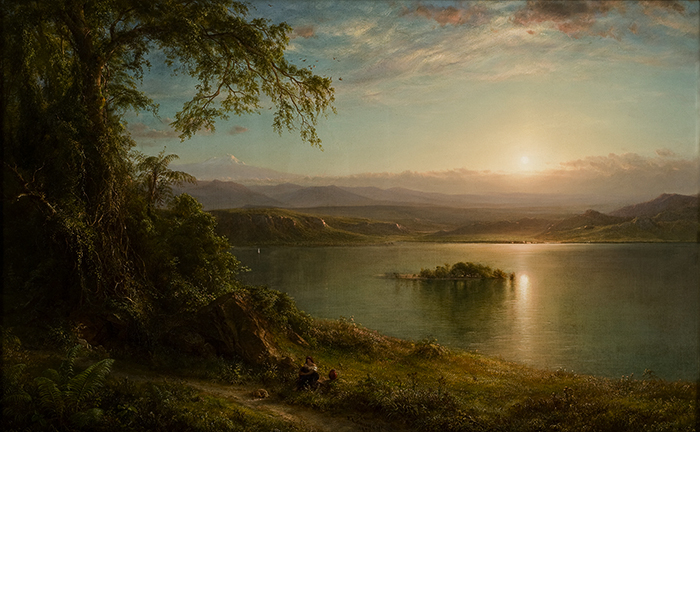
6 ⁄6
Frederic Edwin Church (United States, 1826-1900), Morning in the Tropics, 1872, oil on canvas, 28 3/4 × 46 1/2 in. (73 × 118.1 cm), Museo de Arte de Ponce. The Luis A. Ferré Foundation, Inc. 59.0082. Image courtesy of Museo de Arte de Ponce.
Speaking of beauty, the exhibit takes its name from the title of Ferré’s speech at the cornerstone laying ceremony of the Museo de Arte de Ponce building in April 1964. Ferré, who served one term as governor of Puerto Rico from 1969 through 1972, often spoke about the quality of art, and its power to bring people together. “I think it was probably that mentality,” says Manzano Rodríguez, “along with a desire to improve Puerto Rico and his hometown that influenced his decision to donate his collection.”
—CHRIS BECKER

